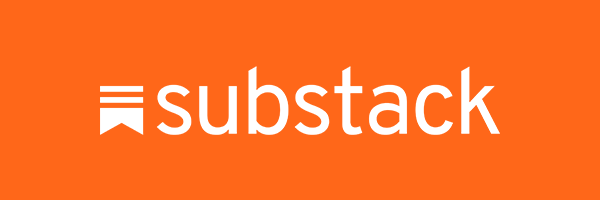Substack: when paid newsletters beat the NYT

The creator economy is all the rage nowadays. A “creator”, person skilled at their craft such as videos or writing, attracts a significant audience which can then monetize – disrupting traditional media and creative-type employment. Can Substack become the platform of choice to disrupt media publishers?
Substack is a subscription platform for independent writers to publish and monetize digital newsletters. On one side, there is the writers – which vary from passionate amateurs or hobby reporters to expert journalists from successful traditional media. On the other side, there are readers looking for content from subject-matter experts or favorite authors. Launched in 2017, the platform achieved 1 million paid subscribers by November 2021 and has raised more than $80 million from VC including A16z. But what is so attractive about Substack?
At first, their job was about providing a digital platform for writers to publish and maintain a newsletter, and make money from their community of supporters. Even though people have created blogs and email newsletters since early 2000s, Substack value proposition was their easy bundled solution. Instead of posting your article in WordPress, managing and sending to your community list with MailChimp, and collect money through Patreon, Substack is your one stop shop as independent writer.
Substack disintermediates the traditional publishing media like newspapers, which acted as gatekeepers into large reach written content whether by needing formal affiliation and employment or alignment with specific editorial preferences. This middle-layer between the writer and reader is removed creating a closer connection; now the writer is able to serve their customer directly and the reader compensate their supplier. The platform is also able to provide scale benefits like newspapers because of the aggregation of content creators and the network effects in the system. They have even expanded their writer resources to cover legal services (Substack Defender) as the writer would have available at a big publisher. This platform creates value for the writers by providing the infrastructure, letting them focus on their content and community, and aligning the publishing model to essentially being “hired or fired by the reader”. While publishing is free in the platform, and some authors may choose to have free access content as well, Substack captures value by taking a 10% fee of paid subscriptions of the readers to writers monetizing their content.

The question then becomes, can they scale and sustain as the publishing platform of choice for independent writers and creators? While they have exhibited strong growth since their original launch, there is a concern that the most subscribed or profitable writers and newsletters have started to churn because the 10% “tax” on their monetization becomes a significant amount of money. Or perhaps the platform no longer serves their purposes of continued scale with customization beyond their offering (Substack does not allow advertisement revenue). The paid subscription model also reaches a point where cost-benefit analysis flips to bundling again (i.e., the platform unbundles individual writers from a publication like NYT which charges a paywall, but supporting multiple writers of interest become more expensive independently than re-bundled).
Substack continues to expand their product feature offering to serve all needs of their customers, most notably their extension over other media beyond written content like audio snippets, podcast player and video. It is evident that, this being a VC backed company, they need to prove their continued growth and market penetration at a scale that goes beyond monetizing blogging – and importantly, Substack needs to build on their competitive moat. While there are minor switching costs associated with an author moving platforms, and several articles on popular publications such as Wired on advice to migrate their newsletter to alternative platforms (like nonprofit Ghost), Substack continues to invest on the platform aspect and detaching themselves from the concept of “newsletter economy”.
In terms of competitors, there are several flavors of platforms trying to tap a similar audience. As a publisher’s replacement, Medium used to be widely thought of the writers blogging platform to disrupt traditional publications. However, they have experimented with their business model to the extent of alienating some of its early adopters, weakened their value proposition trying to please everyone (large or small) at the same time and suffered the consequences of business decisions (still popular for free posting but not for writing monetization). Some independent creators are already users of Patreon, another popular membership platform for community support and monetization that covers a wide range of content creators such as videographers and podcasters. Arguably one of the best platforms to take over this space, Twitter, already has key opinion leaders (KOL) with large and strong community of followers, and after acquiring Revue (a Substack competitor with lower fees) should be primed to make an impact if they invest in the product. Or maybe, at the end of the day the competition may not be other creator publishing platforms per se, but a platform that plays a different game in the age of curated algorithm-based content.

References:
https://www.statista.com/statistics/1243565/substack-paid-subscribers/
https://www.wired.com/story/ghost-substack-platforms-publishers/
https://on.substack.com/p/please-stop-calling-it-the-newsletter
https://thedigitalmerchant.com/crm/substack-review/
https://www.nytimes.com/2021/04/11/business/media/substack-newsletter-competition.html


